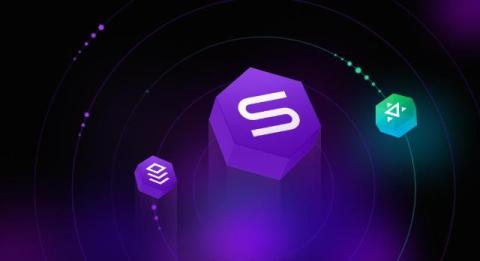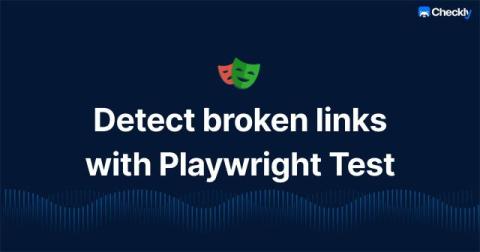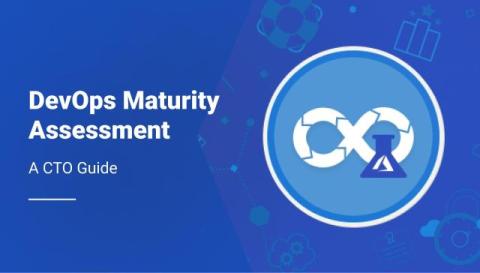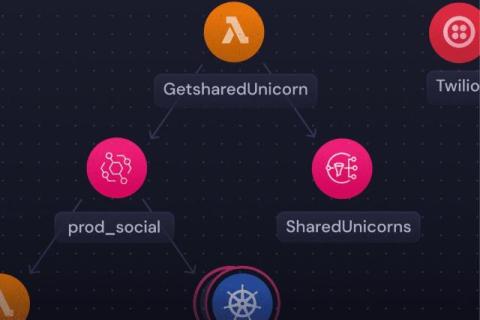dbForge Tools for SQL Server 7.0: Big Release Overview
Are you a user of dbForge tools for SQL Server? If you are, then we’ve got a great slice of news for you—our entire product line for SQL Server has just been updated, and you’re welcome to get your update right now. If you are not, you may still want to take a look at all the goodies that come with this release. Our tools come with a hefty free trial, and we gladly invite you to give them a go. Down with the intros, let’s get started!











